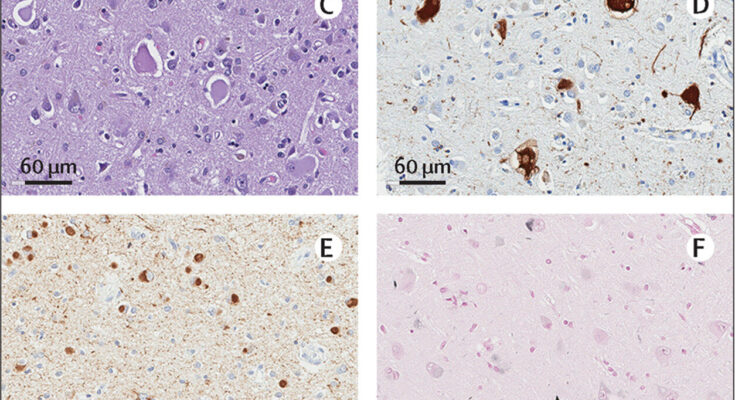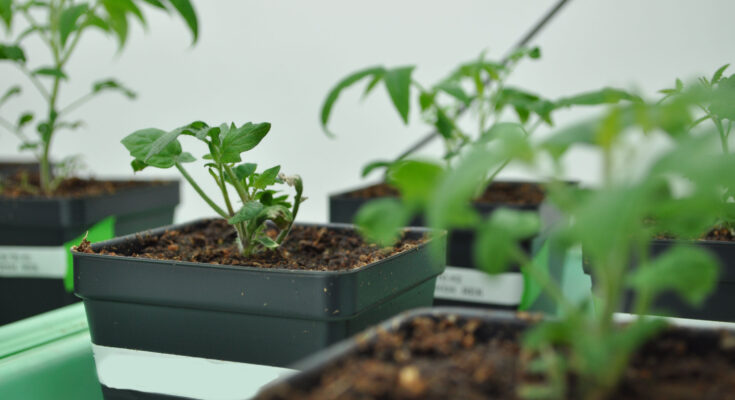On this week’s hemp podcast, we listen to a panel discussion from the NoCo Hemp Expo that took place in Colorado earlier this month.
Panelists were Rachel Berry, farmer and founder of the Illinois Hemp Growers Association; Terry Moran, a distributor from Kanda Hemp, a distributor of Asian varieties of hemp; Corbett Miteff from KonopiUS, a supplier of European hemp genetics; and Larry Smart, a geneticist and plant breeder from Cornell University.
The panel discussion was moderated by Eric Singular who described the topic of discussion as “the importance of agronomy and genetics in hemp fiber production.”
Smart talked about starting the breeding program at Cornell and how trying to meet the needs of the industry has been a huge journey.
“But really right now the demand is for fiber,” Smart said. “So we are focused on growing fiber hemp. And the main characteristic that we see as important in fiber hemp is very late flowering.”
Because hemp is a photoperiodic crop, it will stop growing tall once it begins to flower.
“If we can identify species that continue to grow and do not switch to flowering, they will produce a large amount of biomass,” he said.
Typically, modern flower species are adapted to tropical or subtropical regions, he said.
Moran talked about the demand for seeds in the US as the industry grows.
He said: “The important thing to think about is if you’re going to get to 250,000 hectares, where is that seed going to come from?”
Asia and Europe are potential sources based on current trends.
And I don’t see that changing anytime soon. Even if there’s a lot of diversity, it’s going to take a few years to scale it up,” Moran said.
Berry, a first-generation farmer from Illinois, spoke about the importance of genetic research and how he worked with the Midwestern Hemp Research Collaborative.
The team provided genes designed for the Berry region, one of which he said gave amazing results.
“Having people like you researching these genes and giving them to farmers like me to eliminate all that trial and error, I’m very grateful for that,” Berry said.
Miteff described his work on processing methods, different fiber lengths, and defibrillation of cellulose.
“At the end of the day, we’re trying to find things where we can get really good fiber that we can isolate from the cellulose and start using,” Miteff said.
“But at the same time, how can we get the grain out of it?” he asked, a question that led the panelists into a conversation about two types of crops that produce fiber and grain.
Listen here:
Learn more:
Eric One Person
https://www.linkedin.com/in/eric-singular
The Pennsylvania Flax Project
https://paflaxproject.com/
Illinois Hemp Growers Association
https://www.illinoishga.com/
Cornell University Hemp Program
HempUS
https://www.konopius.com/
Hemp in the blood
Noco Hemp Expo
https://www.nocohemexpo.com/
News Articles
HempWood
The Best Made in Kentucky
USDA’s 2023 Hemp Country Report
https://www.nass.usda.gov/Statistics_by_State/Pennsylvania/Publications/Survey_Results/2024/hempan24.pdf
Thank You To Our Sponsors!
ADD A SHIRT
Best Practices
https://www.mpactfulventures.org/
Evergreen
https://www.hempcutter.com/
A BIG THANK YOU TO SUNRAY HEMP in ALASKA
Music provided by Tin Bird Shadow
https://tinbirdshadow.bandcamp.com/album/dot-dot-dot
#Exploring #Hemp #Fiber #Agronomy #Genetics





